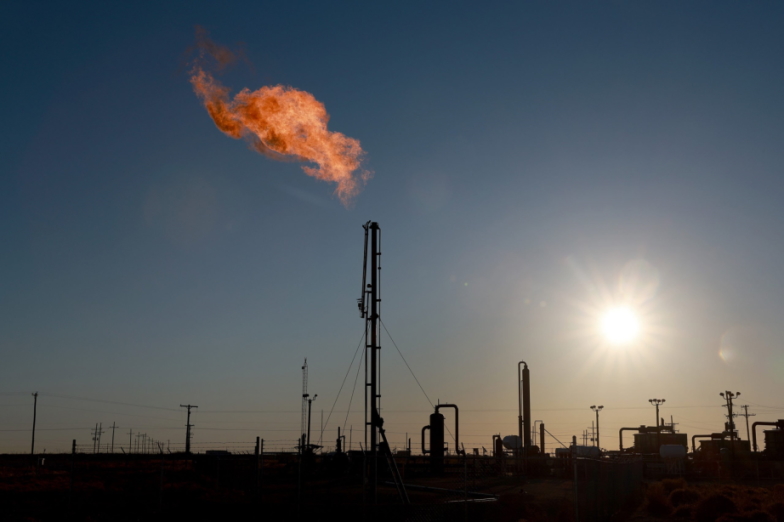
The EPA’s New Methane Rules Could Force Small Oil and Gas Drillers Out Of Business
By Jack McEvoy
- The Environmental Protection Agency (EPA) is finalizing rules to crack down on oil and gas drillers’ methane emissions, which could raise costs for smaller producers and force them to cease operations.
- “This is concerning because, during the 2020 election, Biden talked about eliminating fossil fuel energy as quickly as possible,” Independent Petroleum Association of America Executive Vice President Lee Fuller told the DCNF.
- “Small wells can quickly become uneconomic with onerous rules and would likely be shut down because operators cannot absorb the additional regulatory burden,” Western Energy Alliance President Kathleen Sgamma told the Daily Caller News Foundation.
The Environmental Protection Agency (EPA) is finalizing rules that will restrict oil and gas producers’ methane emissions which could raise costs for independent drillers and force them to shut down.
The EPA’s methane rules, which are expected to be implemented in 2023, will force oil and gas well operators to plug methane leaks and adopt new performance standards for existing sources of methane emissions, according to the rule’s text. Such regulations could significantly raise operating costs for independent energy producers who mostly operate smaller wells and force them to go out of business, industry groups told the Daily Caller News Foundation.
“The EPA’s regulatory program can be exceptionally demanding on small wells, which can be made uneconomical if the rule isn’t carefully crafted,” Independent Petroleum Association of America Executive Vice President Lee Fuller told the DCNF. “This is concerning because, during the 2020 election, Biden talked about eliminating fossil fuel energy as quickly as possible.”
The proposed regulations would fight the “climate crisis” by cutting 41 million tons of methane emissions from 2023 to 2035 or about 920 million tons of carbon dioxide, according to the EPA. Methane is a “potent greenhouse gas” that contributes to climate change by trapping about 30 times as much heat as carbon dioxide over 100 years.
All wells with estimated methane emissions of three tons a year or more are required to search for leaks using optical gas imaging and must “promptly repair” any leaks found, according to a summary of the proposed rule. However, small well sites emit less than six barrels of oil equivalent per day of methane, falling below the three tons per year threshold, according to an Energy Department study released in April.
“EPA should retain a low production well distinction in the regulations,” a spokesman for Kansas Independent Oil & Gas Association, told the DCNF. “Regulations designed for large wells do not function appropriately for low-production wells.”
The EPA released the proposed rules on Nov. 2, the same day as Biden’s Global Methane Pledge in which the president promised to reduce methane emissions as “quickly as possible” during the COP26 UN climate conference in Glasgow, Scotland.
Biden will also attend Egypt’s COP27 conference two days after election day and 40 countries will release new plans to curb methane emissions at the conference, Reuters reported.
“Small wells can quickly become uneconomic with onerous rules and would likely be shut down because operators cannot absorb the additional regulatory burden,” Western Energy Alliance President Kathleen Sgamma told the DCNF.
The Democrats’ $370 billion climate spending bill, which Biden signed into law in August, will place fees on producers’ excess methane emissions. Oil and gas companies will have to pay $900 per metric ton of methane they emit in 2024, $1,200 per ton in 2025 and $1,500 in 2026.
“Since the rules affect about 760,000 marginal wells producing about 8% of America’s oil and natural gas, shutting them down by regulation would take away an important source of energy and result in a huge loss of jobs,” Sgamma said.
The EPA considered the nearly 500,000 comments that were submitted in response to the methane proposal and intends to release a supplemental proposal soon, the agency said in a statement provided to the DCNF.